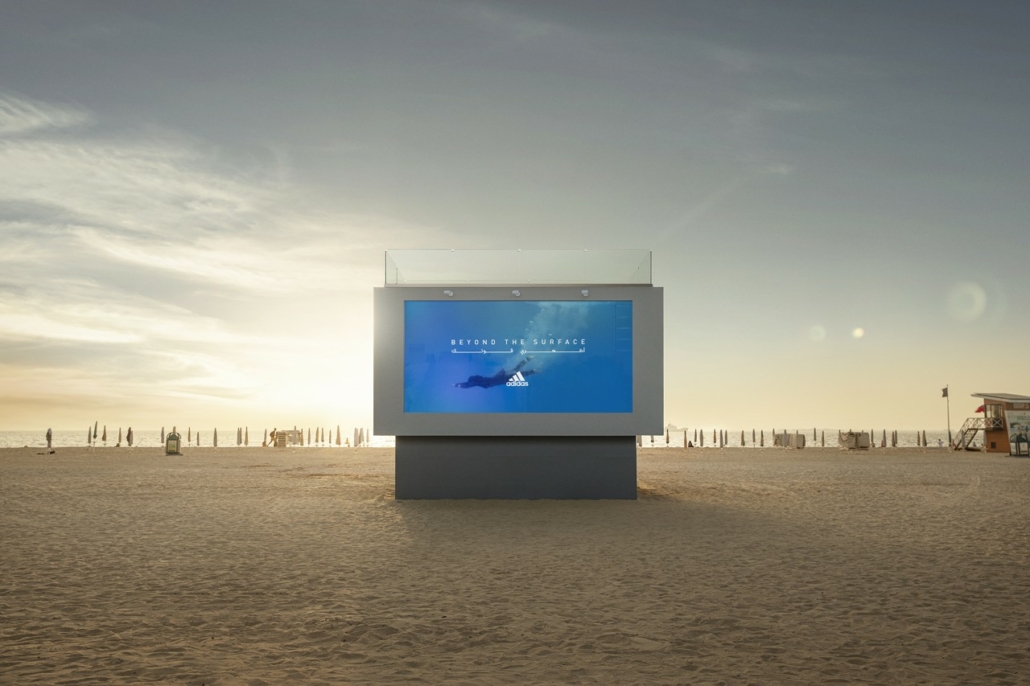Data & Creativity within OOH.

05/10/2021
Category not found
/Category not found
/Category not found
/Category not found
/Category not found
With the ad industry returning to pre-pandemic levels, the public returning to ‘normal’ life by truly getting out and about and enjoying themselves, advertisers and brands are having to compete for their all-important consumer attention. More and more we are seeing said advertisers finding exciting and creative ways to capture it.
Out of home advertising reaches approximately 98% of the UK population at least once per week and in particular has the ability to conjure up emotive reactions from those who see it and in turn, can become a massive PR opportunity for a brand. The use of data within OOH is becoming more and more prevalent as it helps reach consumers more effectively and doing so, ‘speaks to them’. Data-driven OOH can deliver the right message, at the right time, to the right audience.
With greater technology, OOH campaigns can utilise collected data to become more reactive and adapt to its location, whether roadside, outside a transport hub or even on a beach like the Adidas campaign with their ‘swimmable’ billboard to launch their inclusive swimwear collection! Special builds, moving images and location-specific messaging are growing in popularity around the country as brands fight for consumers attention in the advertising space.

Data can be generated from a massive amount of sources including; mobile, spend data, location, tills and stock in stores, occupancy sensors, MET Office weather, flight data, Google maps, the list goes on! This massive amount of data collected can offer insights into behaviour & habits, consumer preference, spending, footfall, changing weather, how heavy traffic is or how busy transport is and even insight into competition.
A fantastic example of using live data to inform audiences is the campaign for the Heathrow Express. Created by dooh.com, the multi-API campaign presented travellers with an estimated time and cost at the exact time they would use the Heathrow Express rail link to reach central London compared to if they were to use a black taxi instead. Along side this, the campaign also used GPS-focused technology to show real-time traffic traffic on a map, displaying the journey between the airport terminal and Paddington.

It is noted that contextual advertising drives impact due to relevance as well as the element of surprise. By creating audiences and overlaying them with digital inventory, creative can be changed according to the time of day and audience. Now, the strongest campaigns balance technology, location and creativity to create that strong connection with their audience.
An example of using weather data to inform a campaign is Papa Johns ‘Liven up your Lunch Break’ campaign from dooh.com. Creative was delivered based on both weather conditions and time. Using a MET office API, play-outs were tailored based on the weather forecast to the specific screen postcode. The promotion was also integrated by the time of day and day of the week to promote Papa Johns’ ‘Delivery Spots’, outdoor spots where consumers could collect their deliveries.

With data advancing at a steady rate, what are the next stages of creative evolution? As we are seeing a welcome increase in connectivity, this opens up space for live streaming on certain OOH sites. Not only this, but with an increased use in programmatic trading, we should begin to see the advent of programmatic meeting DCO (dynamic creative optimisation).
